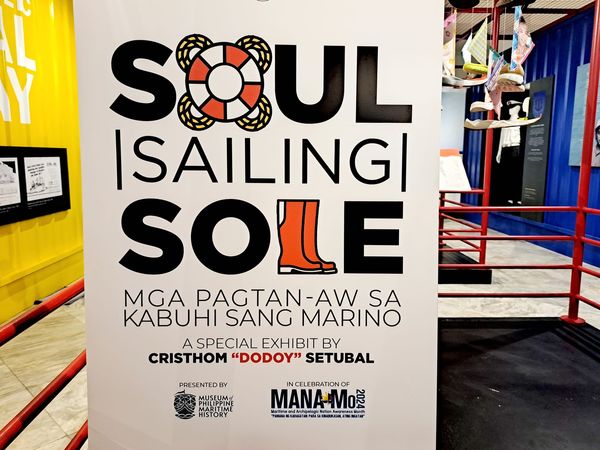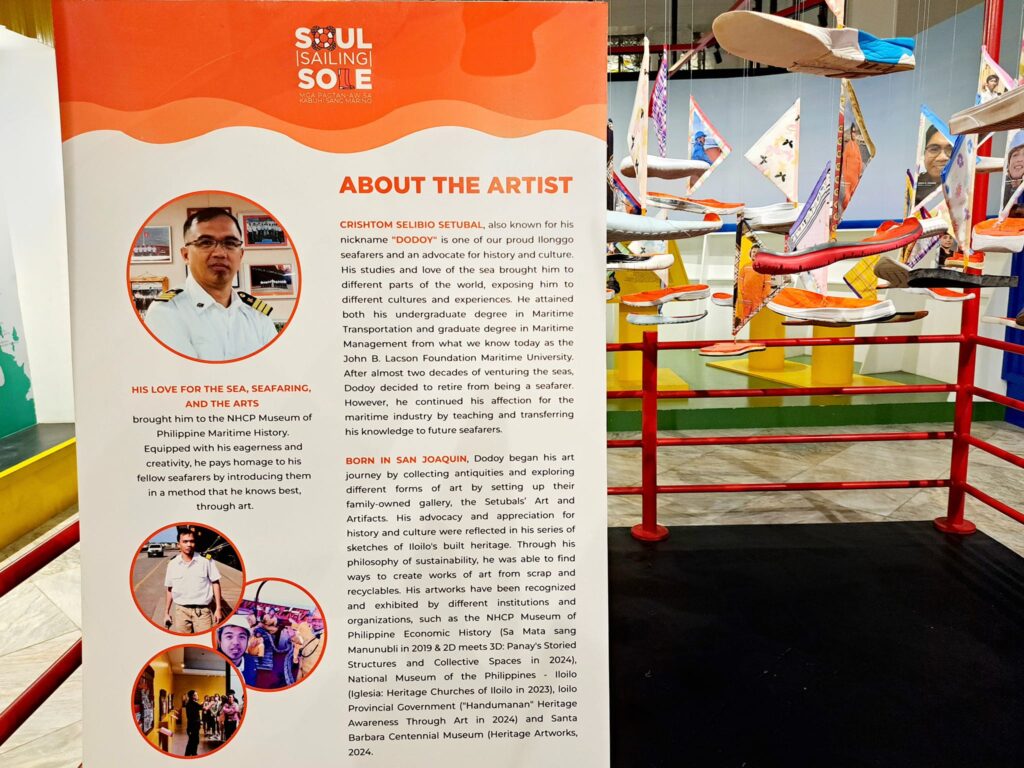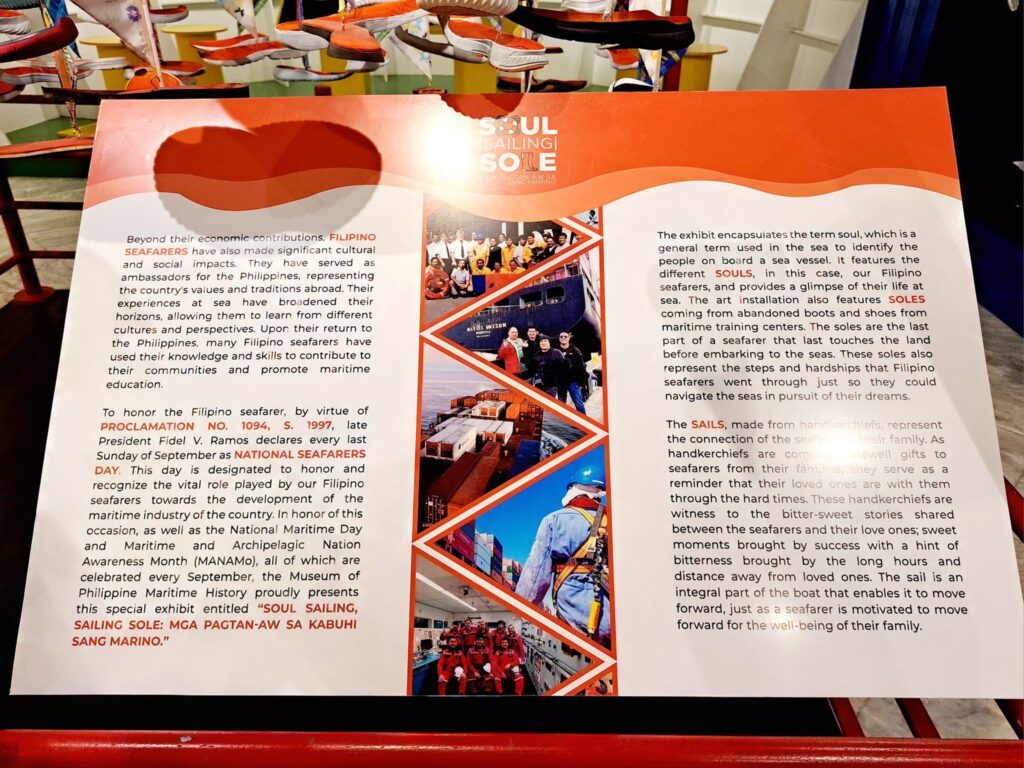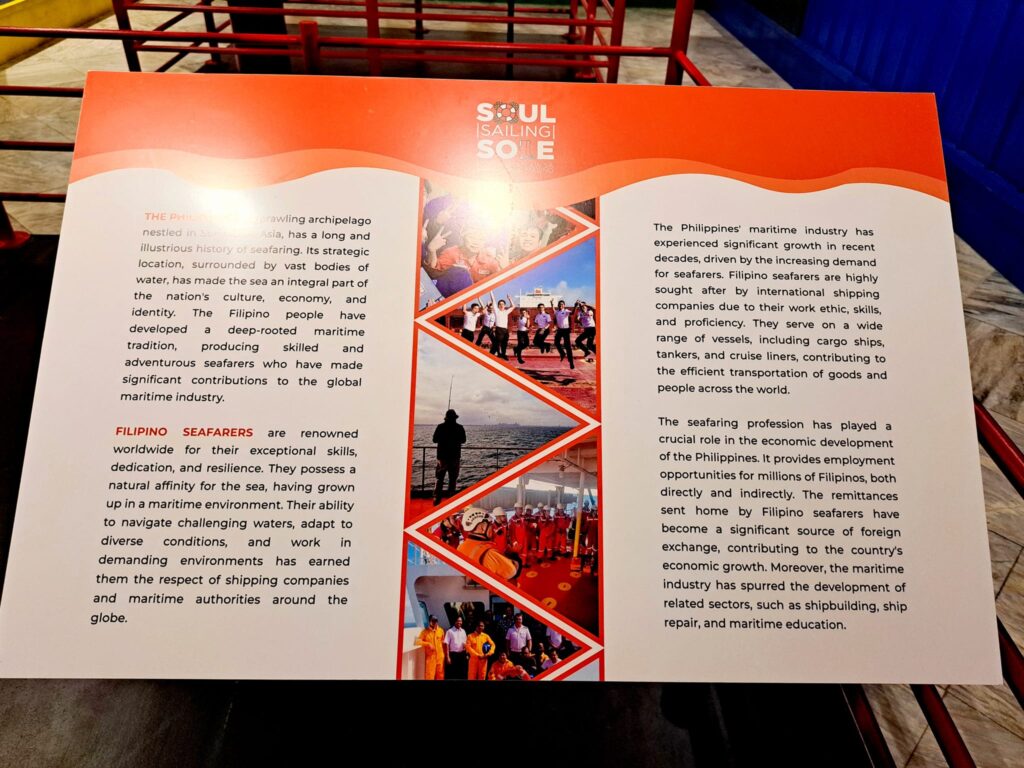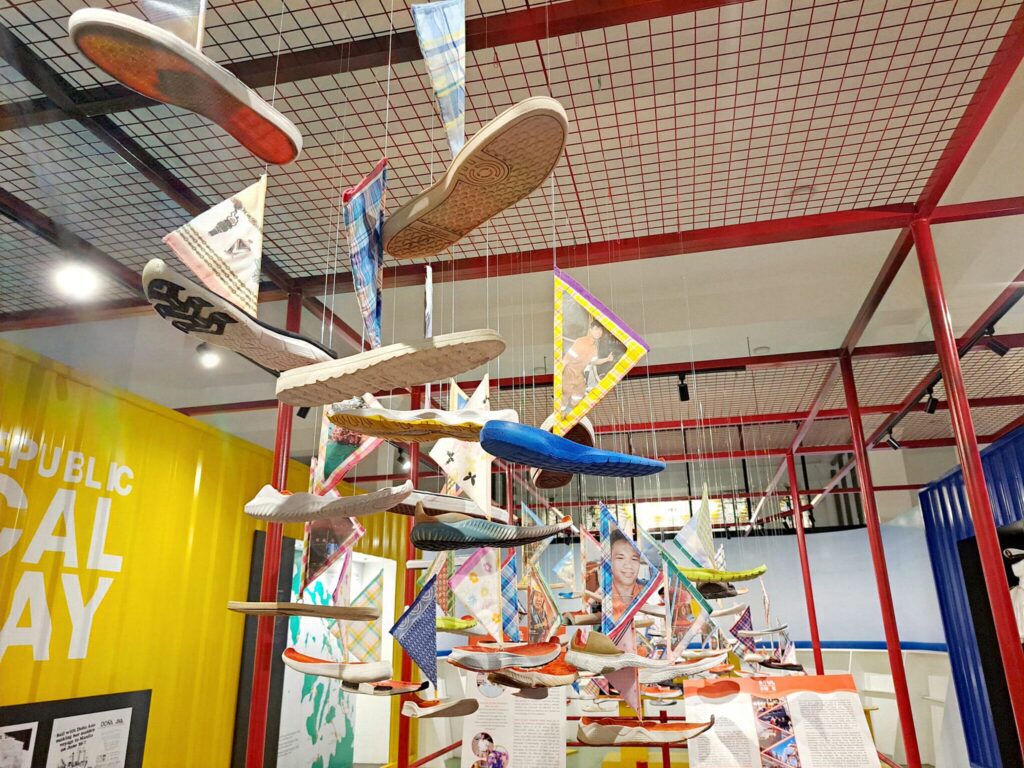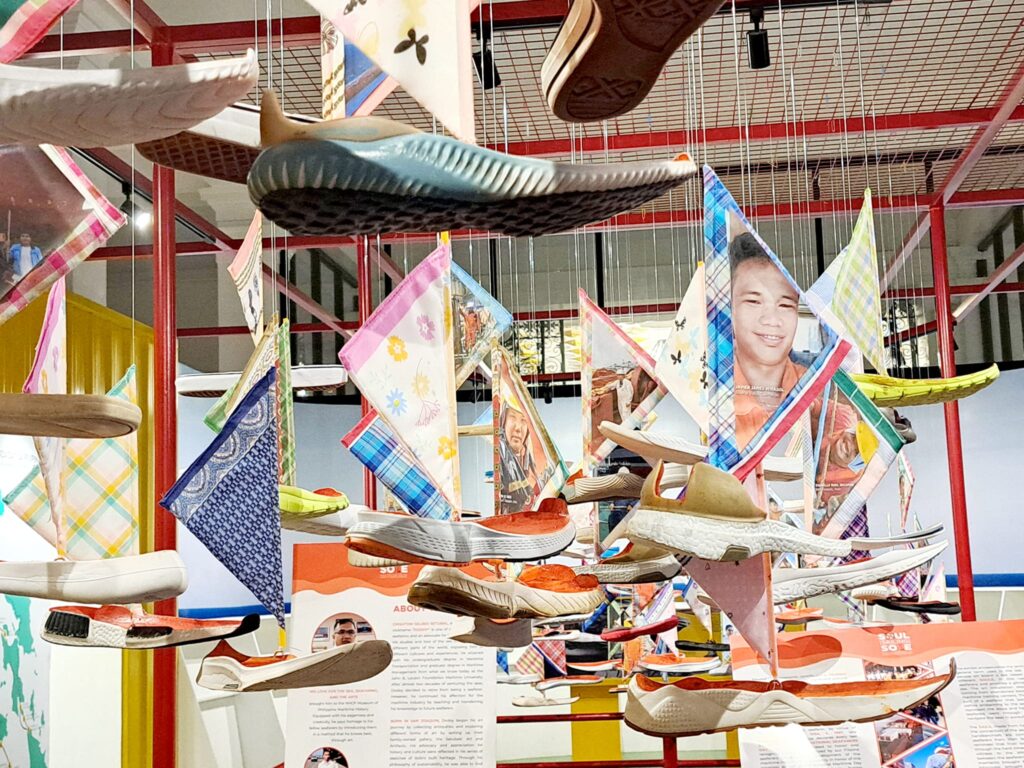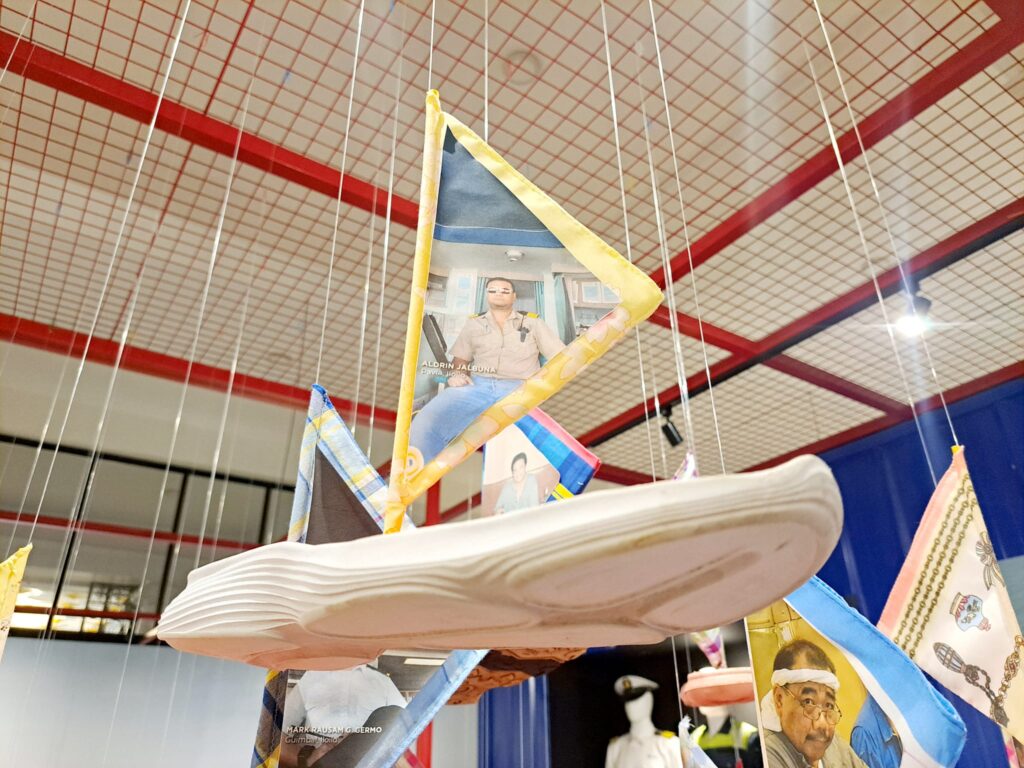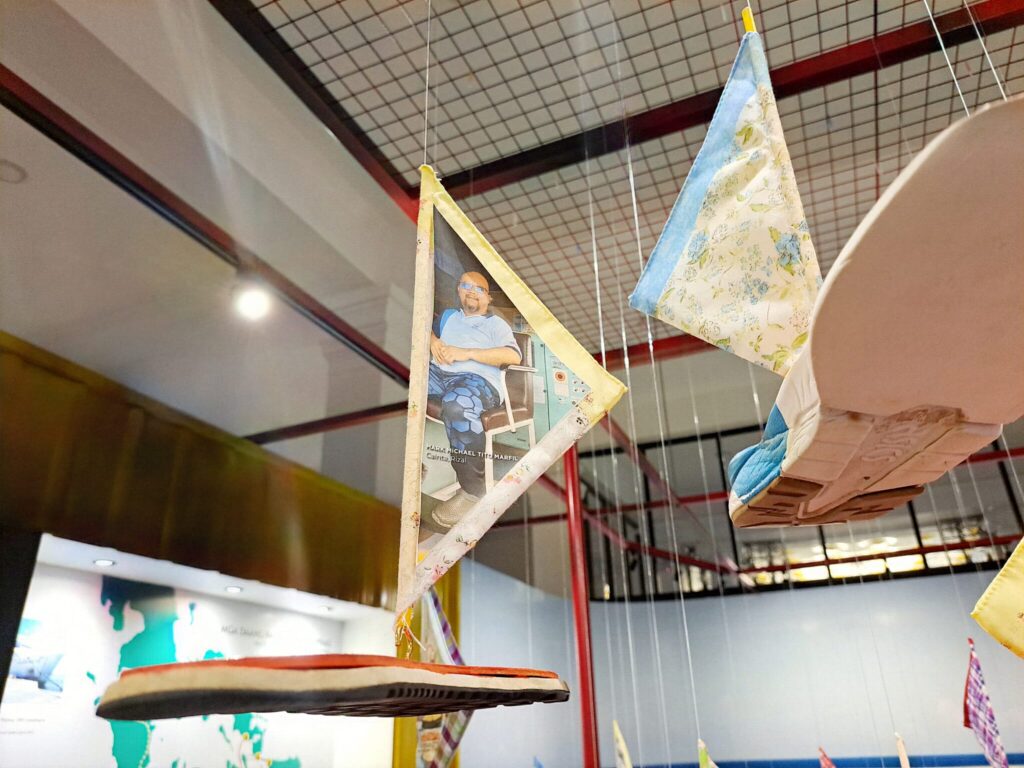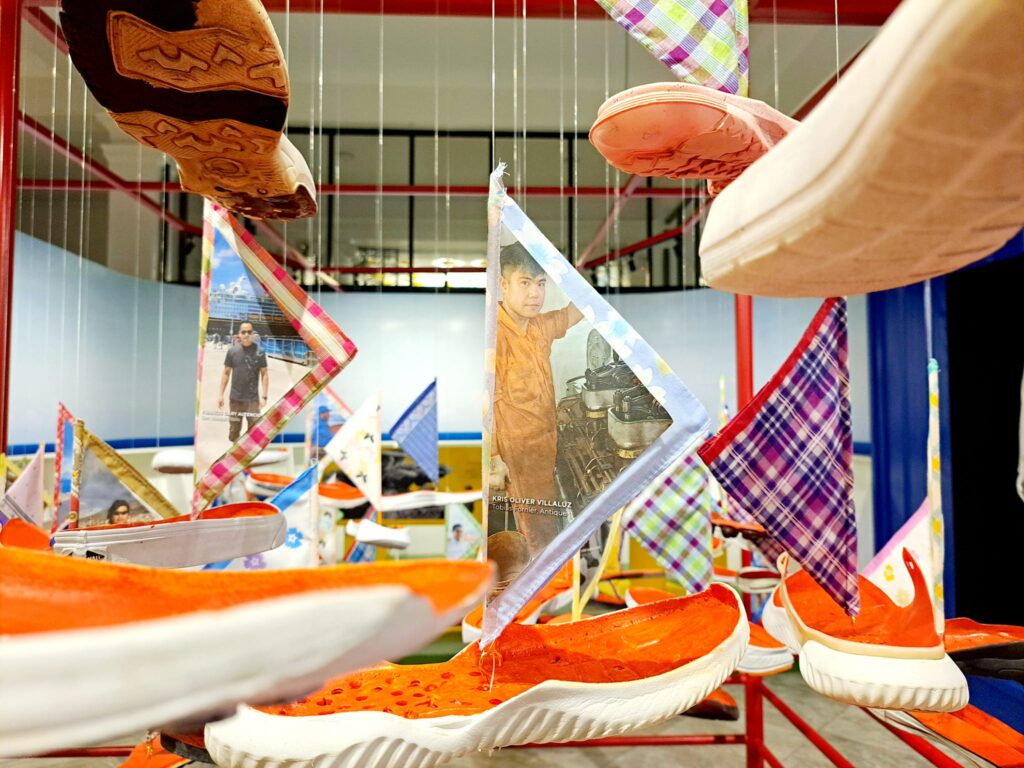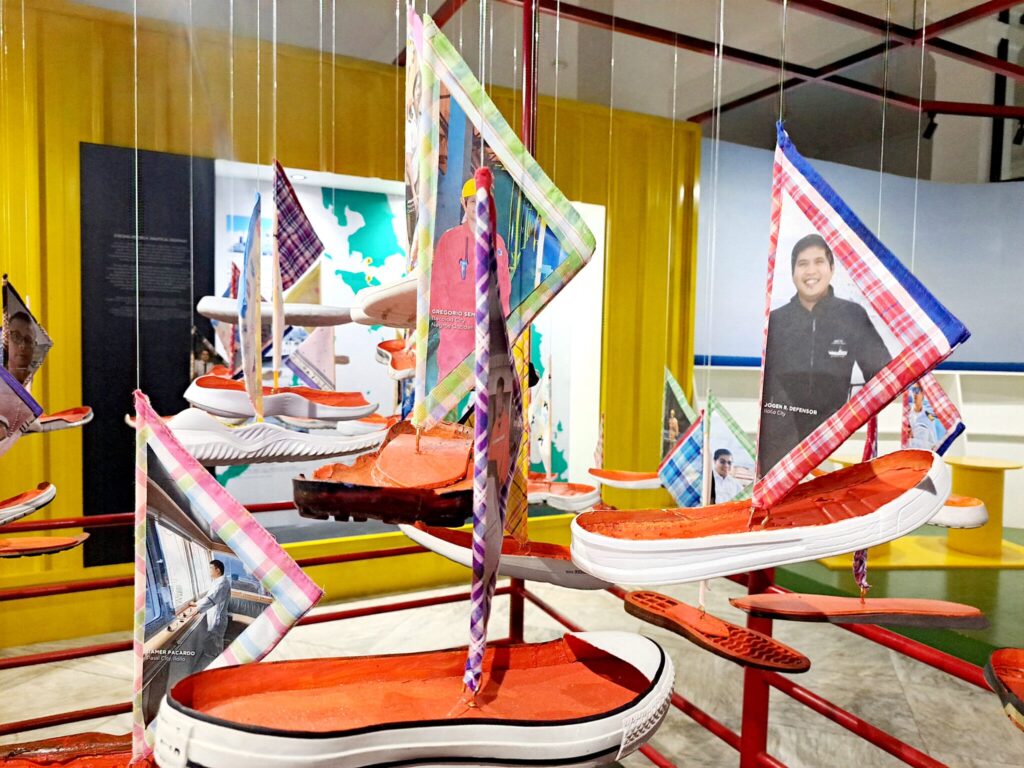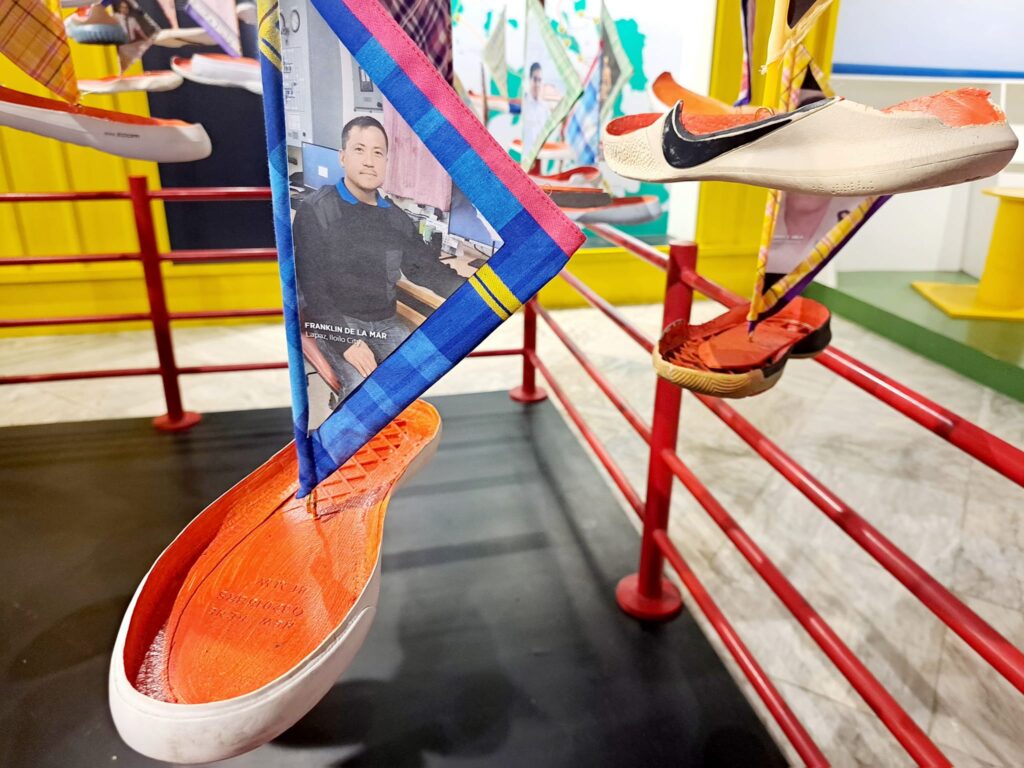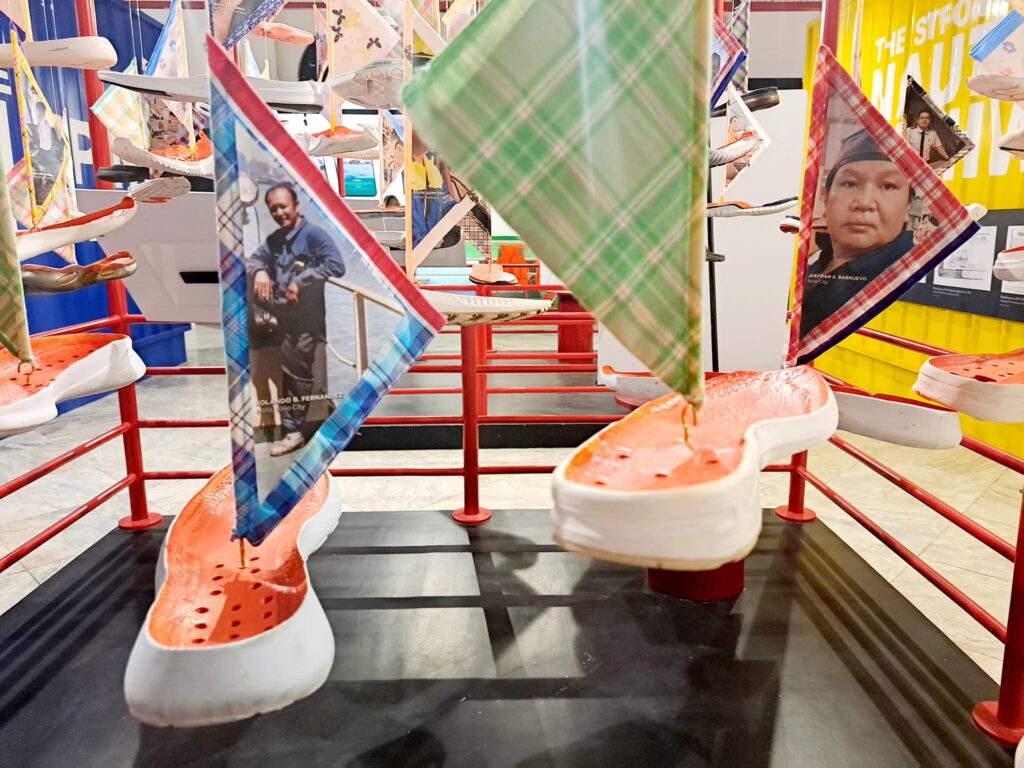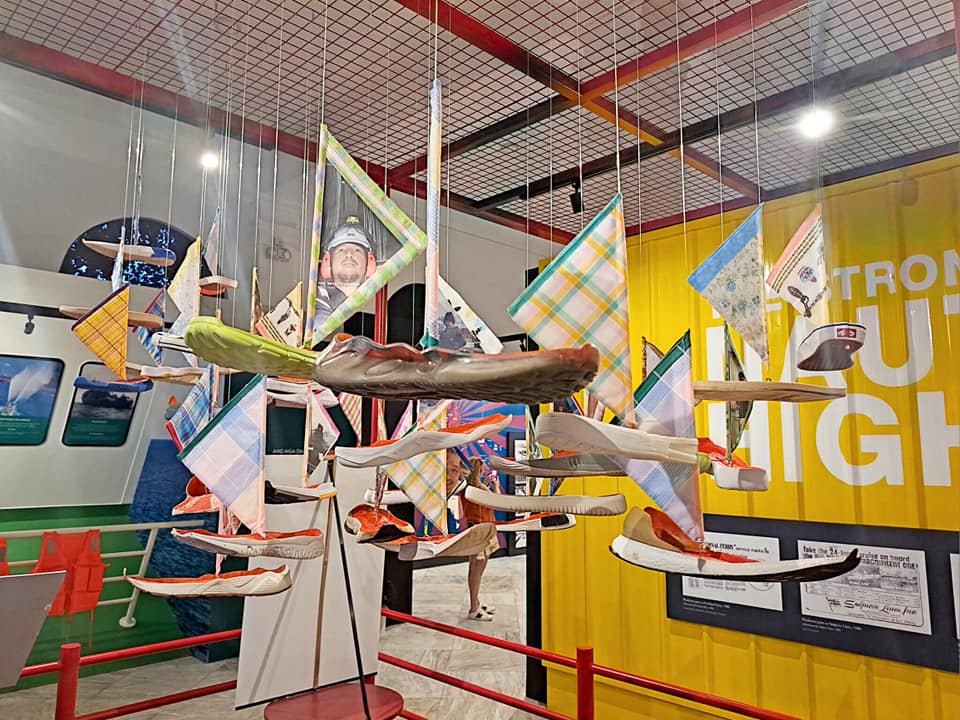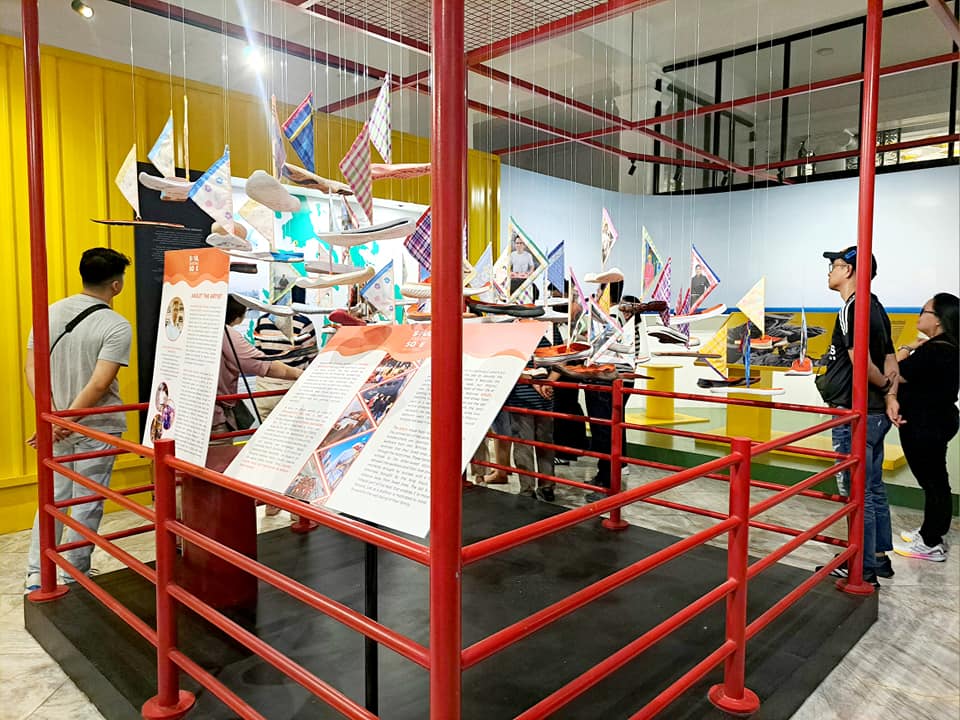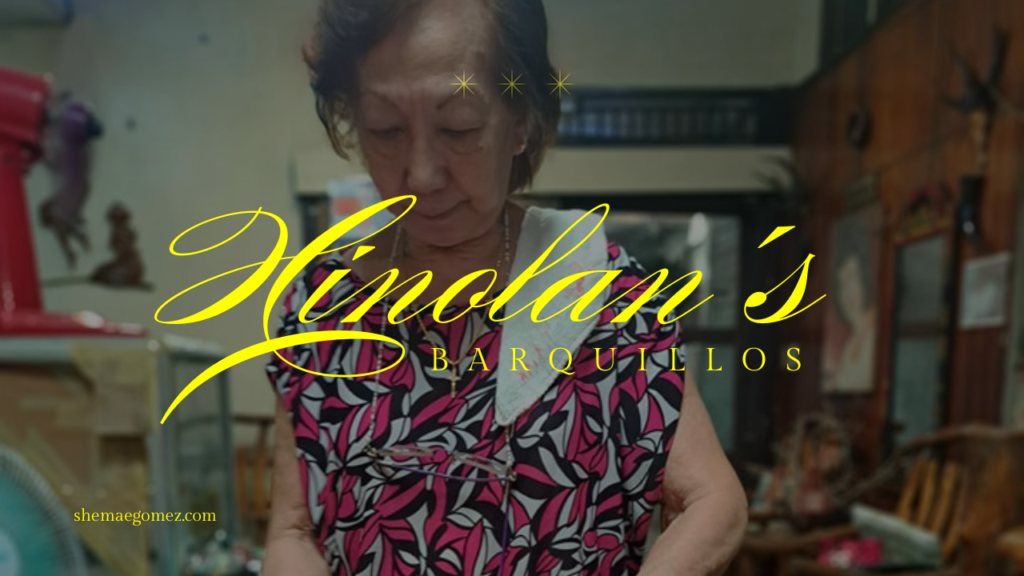The Philippines is an archipelago nestled in Southeast Asia. It has a long and illustrious history of seafaring. Its strategic location, surrounded by vast bodies of water, has made the sea an integral part of the nation’s culture, economy, and identity. The Filipino people have developed a deep-rooted maritime tradition, producing skilled and adventurous seafarers who have made significant contributions to the global maritime industry.
The Filipino Seafarers
The Filipino seafarers are renowned worldwide for their exceptional skills, dedication, and resilience. They possess a natural affinity for the sea, having grown up in a maritime environment. Their ability to navigate challenging waters, adapt to diverse conditions, and work in demanding environments has earned them the respect of shipping companies and maritime authorities around the globe.
The Philippines’ maritime industry has experienced significant growth in recent decades, driven by the increasing demand for seafarers. Filipino seafarers are highly sought after by international shipping companies due to their work ethic, skills, and proficiency. They serve on a wide range of vessels, including cargo ships, tankers, and cruise liners, contributing to the efficient transportation of goods and people across the world.
The seafaring profession has played a crucial role in the economic development of the Philippines. It provides employment opportunities for millions of Filipinos, both directly and indirectly. The remittances sent home by Filipino seafarers have become a significant source of foreign exchange, contributing to the country’s economic growth. Moreover, the maritime industry has spurred the development of related sectors, such as shipbuilding, ship repair, and maritime education.
Beyond their economic contributions, FILIPINO SEAFARERS have also made significant cultural and social impacts. They have served as ambassadors for the Philippines, representing the country’s values and traditions abroad. Their experiences at sea have broadened their horizons, allowing them to learn from different cultures and perspectives. Upon their return to the Philippines, many Filipino seafarers have used their knowledge and skills to contribute to their communities and promote maritime education.
Soul Sailing Sole: Mga Pagtan-aw sa Kabuhi sang Marino
To honor the Filipino seafarer, by virtue of PROCLAMATION NO. 1094, S. 1997, late President Fidel V. Ramos declares every last Sunday of September as NATIONAL SEAFARERS DAY. This day is designated to honor and recognize the vital role played by our Filipino seafarers towards the development of the maritime industry of the country. In honor of this occasion, as well as the National Maritime Day and Maritime and Archipelagic Nation Awareness Month (MANAMo), all of which are celebrated every September, the Museum of Philippine Maritime History proudly presents this special exhibit entitled “SOUL SAILING, SAILING SOLE: MGA PAGTAN-AW SA KABUHI SANG MARINO.”
The exhibit encapsulates the term soul, which is a general term used in the sea to identify the people on board a sea vessel. It features the different OULS, in this case, our Filipino seafarers, and provides a glimpse of their life at sea. The art installation also features SOLES coming from abandoned boots and shoes from maritime training centers. The soles are the last part of a seafarer that touches the land before embarking on the seas. These soles also represent the steps and hardships that Filipino seafarers went through just so they could navigate the seas in pursuit of their dreams.
The SAILS, made from handkerchiefs, represent the connection of the sea near family. As handkerchiefs are farewell gifts to seafarers from their families, they serve as a reminder that their loved ones are with them through the hard times. These handkerchiefs are witness to the bitter-sweet stories shared between the seafarers and their loved ones; sweet moments brought by success with a hint of bitterness brought by the long hours and distance away from loved ones. The sail is an integral part of the boat that enables it to move forward, just as a seafarer is motivated to move forward for the well-being of their family.
About the Artist
CRISHTOM SELIBIO SETUBAL, also known by his nickname “DODOY” is one of our proud Ilonggo seafarers and an advocate for history and culture. His studies and love of the sea brought him to different parts of the world, exposing him to different cultures and experiences. He attained both his undergraduate degree in Maritime Transportation and graduate degree in Maritime Management from what we know today as the John B. Lacson Foundation Maritime University. After almost two decades of venturing the seas, Dodoy decided to retire from being a seafarer. However, he continued his affection for the maritime industry by teaching and transferring his knowledge to future seafarers.
BORN IN SAN JOAQUIN, Dodoy began his art journey by collecting antiquities and exploring different forms of art by setting up their family-owned gallery, the Setubals’ Art and Artifacts. His advocacy and appreciation for history and culture were reflected in his series of sketches of Iloilo’s built heritage. Through his philosophy of sustainability, he was able to find ways to create works of art from scrap and recyclables. His artworks have been recognized and exhibited by different institutions and organizations, such as the NHCP Museum of Philippine Economic History (Sa Mata sang Manunubli in 2019 & 2D meets 3D: Panay’s Storied Structures and Collective Spaces in 2024), National Museum of the Philippines – Iloilo (Iglesia: Heritage Churches of Iloilo 2023), Iloilo Provincial Government (“Handumanan” Heritage Awareness Through Art in 2024) and Santa Barbara Centennial Museum (Heritage Artworks, 2024).
You can visit the exhibit at the Museum of Philippine Maritime History in Iloilo City. The museum is open Tuesday to Sunday from 9:00 P.M. to 4:00 P.M. Entrance is FREE.
How to Get Here
Museum of Philippine Maritime History is facing J.M. Basa Street. Here are the most convenient jeepneys you can board:
ROUTE 3 UNGKA TO CITY PROPER VIA CPU LOOP
ROUTE 5 FESTIVE WALK TO CITY PROPER VIA B. AQUINO AVE. AND SM CITY LOOP
ROUTE 9 MOHON TO CITY PROPER LOOP
ROUTE 10 BUNTATALA / TAGBAK TERMINAL TO CITY PROPER LOOP
ROUTE 11 TICUD, LA PAZ TO CITY PROPER LOOP
ROUTE 18 TAGBAK TO CITY PROPER VIA COASTAL LOOP
ROUTE 25 MOLO TO CITY PROPER VIA GENERAL LUNA LOOP
[Read also] A Guide to Iloilo’s Art Galleries and Museums
